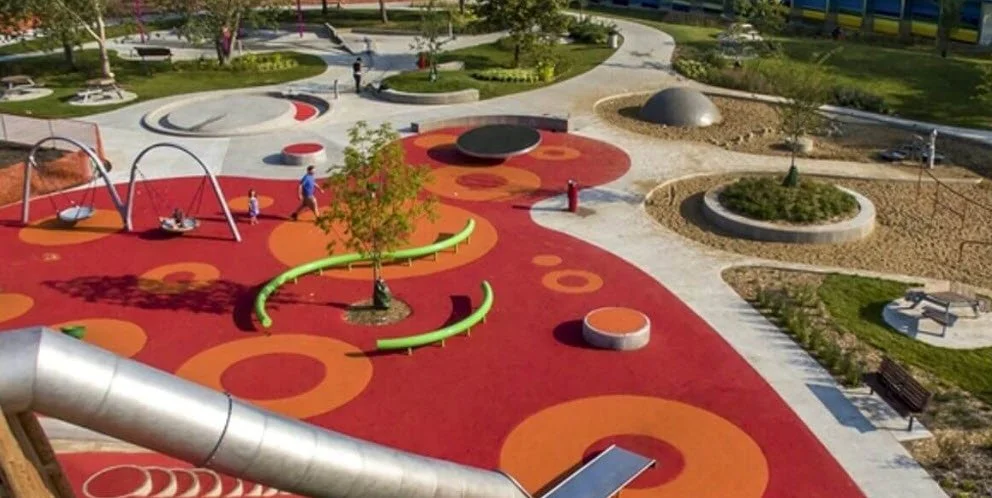4 Ways Prefab Homes Give Rise To A Sustainable Future
Prefab is short for prefabricated—enough to begin foretelling this housing option's benefits. Prefab homes are manufactured in a facility off-site and then transported to the site where the installation takes place. This process is much faster than traditional construction, which translates to faster realization of the dream of home ownership.
Fulfilling this dream of home ownership does not have to come at a major cost to the environment. Choosing an environment-friendly housing option is a major decision that will have positive effects in the long run.
Kevin McCloud, called the world’s attention to an important issue when he said, “The thing that I champion is sustainability. My terror is that suddenly, we see it as a luxury, not an essential. That's a danger."
Sustainability is not a luxury; it is a need. There should be no compromise on sustainability. In the case of a prefab home, green practices are adopted from the start to the end of the entire production and installation process.
Prefab homes are the future of the environment, and they carry benefits for the residents as well as the world around them. Today, we will explain the four most important ways in which these homes rise to a sustainable future.
1. Construction Takes Place Inside a Facility
Earth is our home, and from it, we take many raw materials that we refine and use for our needs. However, most of these resources are not ever-lasting, and many fail to acknowledge this and make conscious efforts for their conservation.
Construction of a house requires a lot of time and a significant amount of resources. The construction of traditional homes harms the environment, while prefabs are reserved for the factory floor.
The construction of prefab homes is largely done in a closed facility with a smart and calculated selection of resources. Since the process takes place indoors, the raw materials are protected from detrimental environmental elements. This means no wastage of resources due to weather elements-related damage.
Additionally, since many similar modules are constructed in an off-site facility, the requirement for transportation and extra packing materials for raw materials is considerably less. Indoor production or construction might also translate into reduced heating and cooling needs and costs.
2. Minimal Waste and Optimum Utilisation of Resources
Prefab homes are efficiently designed using CAD. This minimizes the scope for errors and ensures the optimum utilization of resources. These homes are planned in detail, which ensures that there is accurate information available at the time of ordering raw materials. Construction waste is not only minimized but it may also be repurposed or recycled.
A lot of the materials used for making prefab homes are sustainable and eco-friendly. These homes might bear parts of reclaimed wood and recycled steel. There is also more emphasis on the use of low VOC (volatile organic compounds) paints and adhesives.
The manufacturers of prefab homes can benefit from economies of scale, and pass down some of the benefits to the ultimate home buyers in the form of reduced prices. Green construction and lower prices compared to traditional stick-built homes are making prefab homes a very viable and attractive housing option.
3. High-Quality, Durable, and Flexible Projects
Prefab homes benefit from the expertise and experience of the people involved in their production. The state-of-the-art production facilities ensure that the housing projects are durable and high-quality. Sustainability calls for durable products.
Prefab homes offer sufficient flexibility for adapting to changing needs of a family. This also reduces the need to construct an additional house or to replace a house entirely. Modifications and expansion are easier, with minimal impact on the environment. Their flexibility also offers the benefit of optimum utilization of space.
Even at the end of the life of a prefab home, it is easy to disassemble and the parts may be recycled.
4. Energy Efficiency
One of their main advantages is that modular homes are energy efficient.
Prefab homes are designed and constructed with the latest technology. They are built with proper insulation and airtight doors and windows. This boosts the efficiency of HVAC systems.
These houses may bear features like solar panels, and low-energy lighting options like LEDs and CFLs. These features not only help to reduce energy consumption and reduce carbon emissions but for the homeowner, they also lower utility bills. It is a win-win situation.
Homeowners can save on energy and construction costs, which leaves room for investing in other, more important aspects of their prefab home, such as appliances, finishing, and isolation. Building a high-tech and advanced home is now possible.
Summing Up
Investing in modular homes is taking a step towards a greener future. This eco-friendly housing option is a rising trend in the architectural world. A prefab project ensures smart use of resources, energy efficiency, durability, and minimal impact on the environment. It offers us a way to ‘prefabricate’ a green and sustainable future.
Author: Abigail Murphy
Cover image by Avi Waxman on Unsplash






